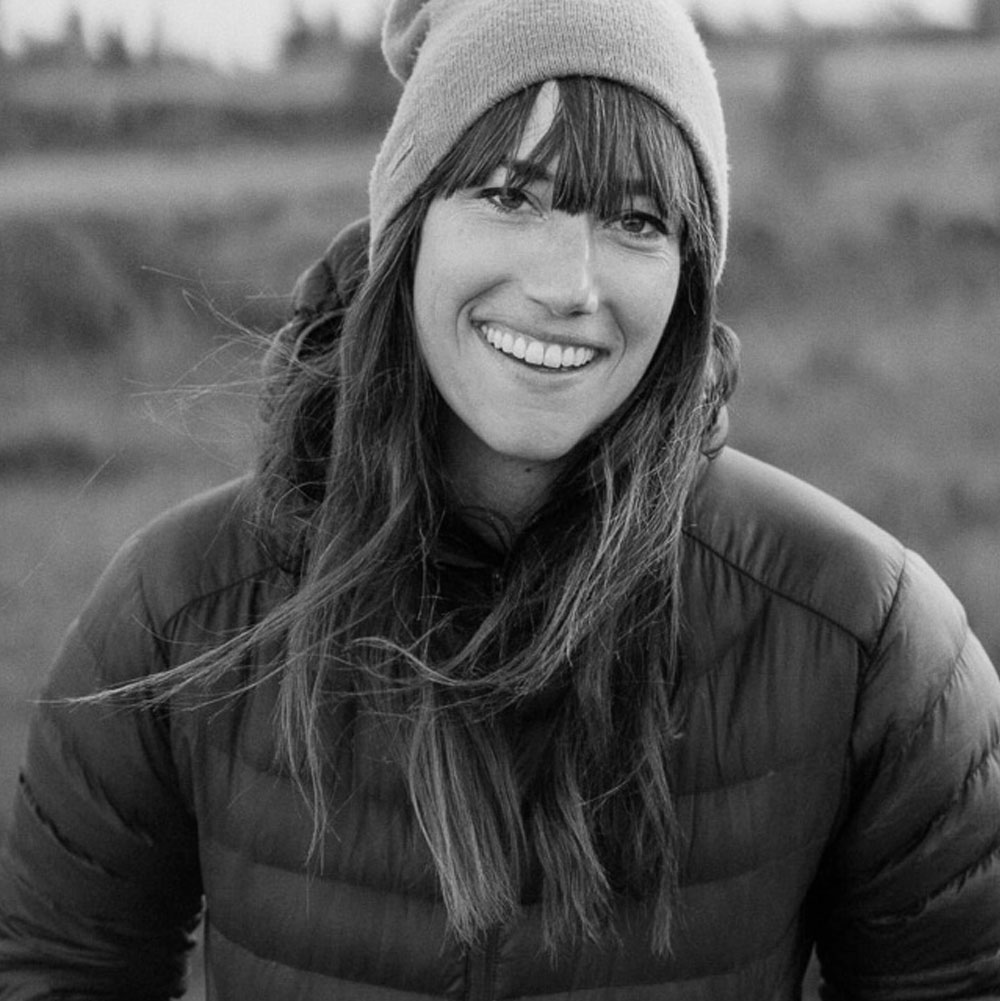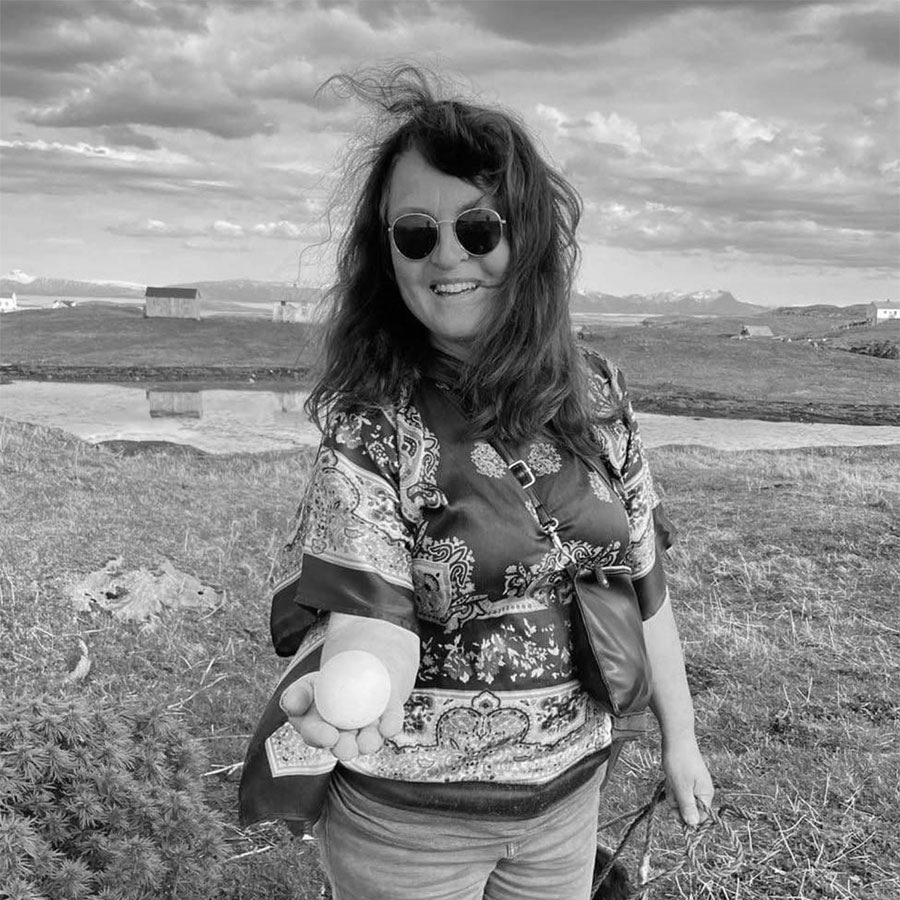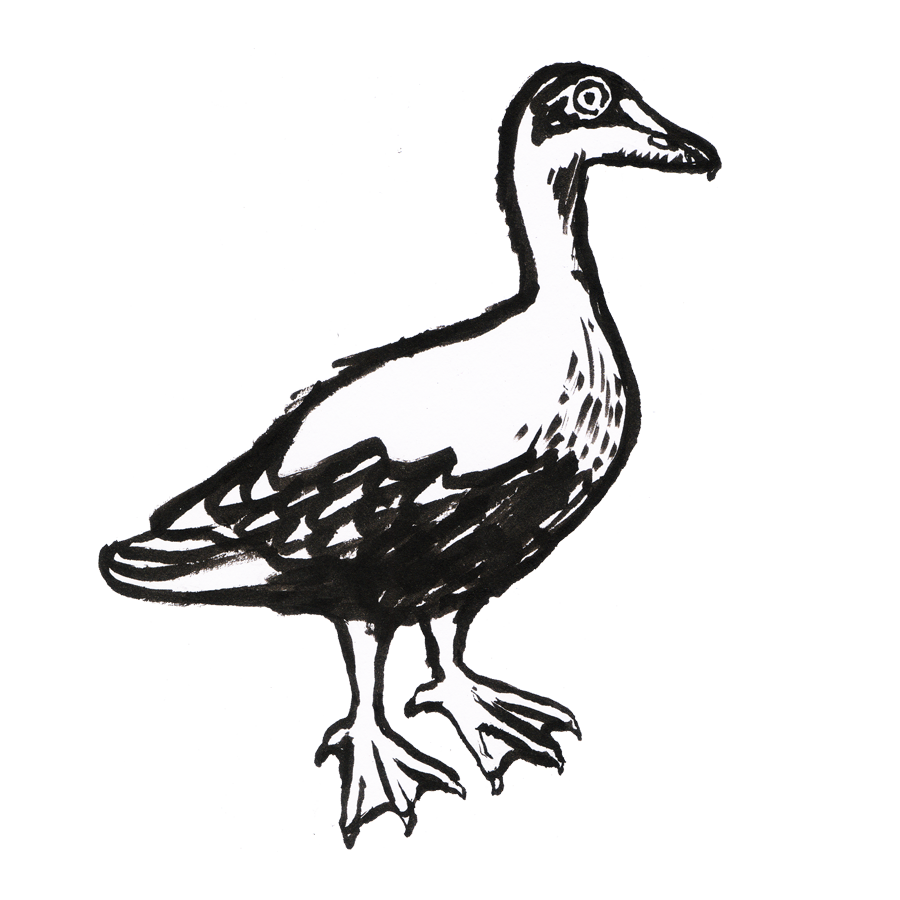
Devon Fredericksen

Vibeke Steinsholm
For at least 400 hundred years, and possibly as many as a thousand, the bird keepers of Vega, Norway have linked themselves to the common eider duck. This relationship between wild ducks and humans is a mutualistic one, in which eiders benefit from the houses and nests that the humans build, and the people benefit from the down that is ethically collected at the end of each nesting season. This tradition has been recognized by UNESCO as culturally significant, and the Norwegian government even provides a small stipend to each bird keeper to help pay for the costs of their care. Unfortunately, seabird populations are declining around the world, including the common eider, making the work of the bird keepers even more urgent. In Vega, a tension exists between forward progress in the modern world and the “old-fashioned” ways of island life. Some bird keepers, like Vibeke Steinsholm, are working to preserve the tradition of eider tending and stoke the interest of the younger generations. Scientists, anthropologists, artists, and government officials have been working together to create multidisciplinary approaches and alliances through the project “Fuglan Veit,” which aims to employ a more-than-human approach to eider duck conservation. Keeping this link alive is about more than just continuing an age-old practice; it’s about seeing humans as part of the natural world, not separate from it.
Devon Fredericksen
Devon Fredericksen is the author of How to Camp in the Woods and 50 Classic Day Hikes of the Eastern Sierra, among other books. Her work has also appeared in the New York Times, The Atlantic, Hakai, bioGraphic, High Country News, Guernica, Yes!, Indian Country Today, Switchyard, Sonora Review, and other publications. Her writing focuses on the intersection between the natural world and humans. She earned bachelor’s degrees in environmental journalism and Spanish from Western Washington University. She started her journalism career at The Sheet newspaper in Bishop, California, reporting on issues in the area for four years. Before that, she was the managing editor for Huxley College’s The Planet magazine. Devon has held multiple roles within the book publishing industry for more than a decade, first as a bookseller for Spellbinder Books, then for eight years as a senior book development editor for Girl Friday Productions (GFP), a book editorial and production firm based in Seattle, Washington. In 2021, she left GFP to become a full-time freelance journalist and editor.
Vibeke Steinsholm
Vibeke Steinsholm is an artist, activist, and bird keeper in Vega, Norway. Her work explores the relationship between humans and the coastal natural world, particularly the mutualistic bond between the bird keepers of Vega and the common eider duck. Through her time as an eider tender, she draws deep knowledge of seabird life and the ecological and climatic changes that imperil seabird populations. Using her education in textiles and her degree in history, she weaves local stories into her multimedia art pieces. In addition to hosting workshops for young people on her island, her projects include: “Letter from the bird keeper” (2020–2024), the “Sound of Silence” symposium (2023–2024), “Fuglan Veit” (2022), and “Before everything disappears” (2017–2021). As an artist, she wants to work on slow, seasonal collaborations with the birds, using methodologies and materials that reinvigorate a forgotten history. Her work asks: What does it mean to be attached as a person to a particular landscape and can contact with the birds give more people a deeper and more empathetic connection to nature?
Workshop: 30th of April
This workshop will involve bringing children to Lånan, one of the eider-tending islands, where they can see firsthand what the bird keepers do during an eider season. Using art and poetry, the children will explore their emotional connection to this work and to the birds.
bioGraphic article written by Devon Fredericksen: biographic.com/the-eider-keepers/

Eider Ducks
